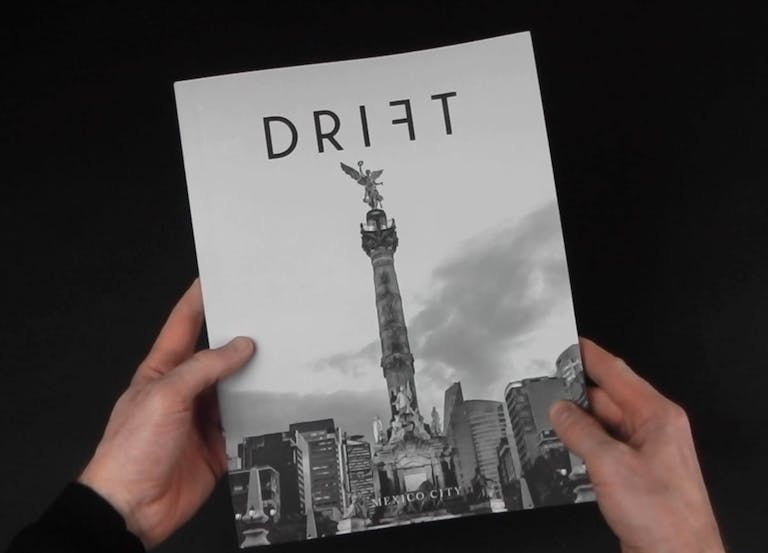Insider: Drift magazine
New York-based Drift magazine is a travel title that dives deep into different cities’ coffee culture to get a unique understanding of their history and community.
Editor-in-chief Adam Goldberg and his team travelled to Havana for their third issue, so we asked him to share his stories of magazine making in the Cuban capital.

In the making of this issue we…
Drank
A lot of coffee. Most of it was brewed with a cafetera, some of it was stretched with chickpeas. Before the revolution, Cuba produced up to 60,000 tons of coffee annually; today, that number is only about 6,000 tons.

Read
Hemingway’s The Old Man and the Sea. Hemingway wrote this while living just outside of Havana about a decade before Fidel; it’s full of fun references. There was barely any internet in Havana, period. Let’s just say we read a ton.

Got sidetracked by
Day trips to Terrazas and Viñales, a few hours outside of Havana, to visit coffee plantations. They were in ruins. It was incredible to imagine what they must have been like at the height of coffee production in Cuba—and devastating to see them in their current state.
Met
Two awesome people: the U.S. Ambassador to Cuba, Jeffrey DeLaurentis, by chance at a photography exhibit; and Damian Aquiles, the bold painter-sculptor recycling old scraps around Havana into beautiful works of art.

Learned
That coffee is rationed in Cuba. Each citizen is allocated just 4 oz. (113 g) per month of coffee that’s been stretched with chickpeas. It’s a 50/50 mix of coffee and toasted peas. To put this into perspective, a brewed coffee uses around 25 g of beans. So most cubans drink very small 1 oz. cups every morning to get through the month. At the same time, a specialty coffee scene is emerging in Havana (catering mostly to tourists) and there are two new-ish micro-roasters in the city. It will be interesting to see how things develop in the coming years.

Worked from
A loud but fantastic Airbnb terrace and various hotel lobbies (since hotels are the only places in Havana with internet access). We purchased 60-minute internet cards and raced against the clock until our cards ran out.
Lost sleep over
A pre-press snafu with the first edition of our new chef-driven food magazine, Ambrosia. We were in Havana for three weeks and, during this time, we were waiting to see the pre-press version of Ambrosia, Volume 1: Baja, Mexico. We used a special UV-printing process that really brought out the colours, but that also meant that we had to make a lot of last-minute adjustments once we saw what it would look like. It was impossible to upload any files (that pesky lack of internet again) while in Havana, so we had to delay the launch by a week until we got back. It was frustrating at the time. Thankfully, the issue sold out.

Were excited about
Capturing a city frozen in time. For the first week, the time machine effect of Havana was incredible: old cars, stunning and eclectic architecture, cobblestone streets. But after the initial thrill wore off, we sensed an overwhelming feeling of hopelessness and frustration among the people we spoke with.

Wish that we had
Better local food options. Most food — even the produce — was imported.
And everyone should buy a copy because
We think this is our best issue yet. In Havana, no day starts without a cup of strong, sweet coffee. Drift—and the coffee we feature—provides a window into daily life in this fascinating, complex and beautiful Cuban capital on the edge of change. We were completely enthralled by all this, and hope you will be, too. You can order a copy, here.
–
Read the world’s best independent magazines – sign up to Stack and we’ll deliver a different one to your door every month






